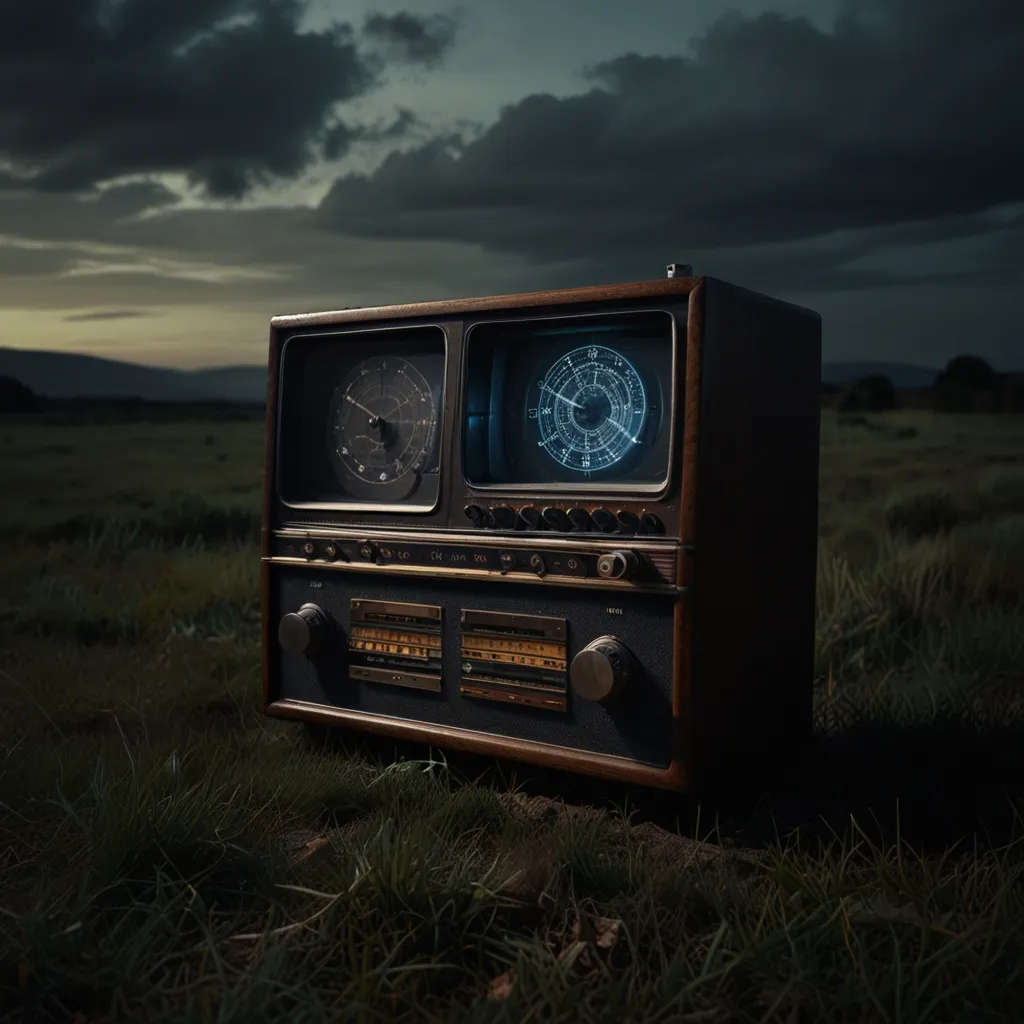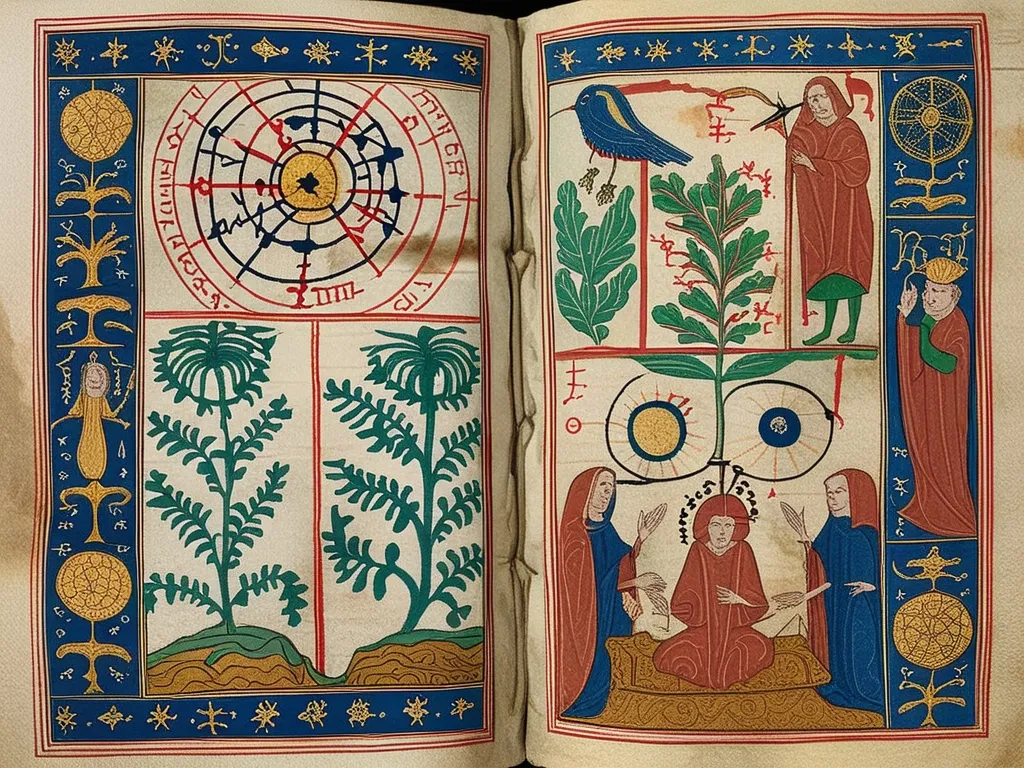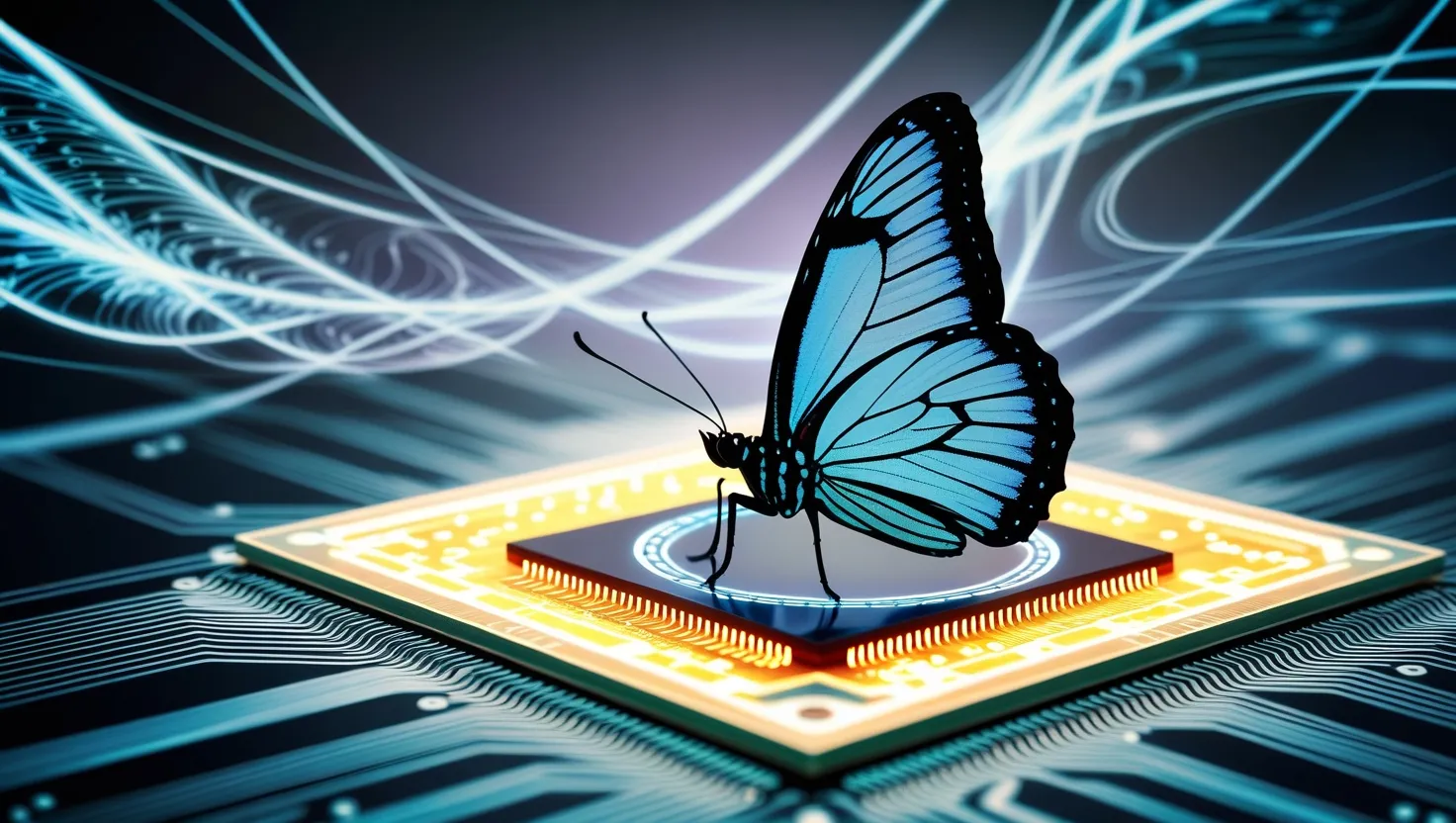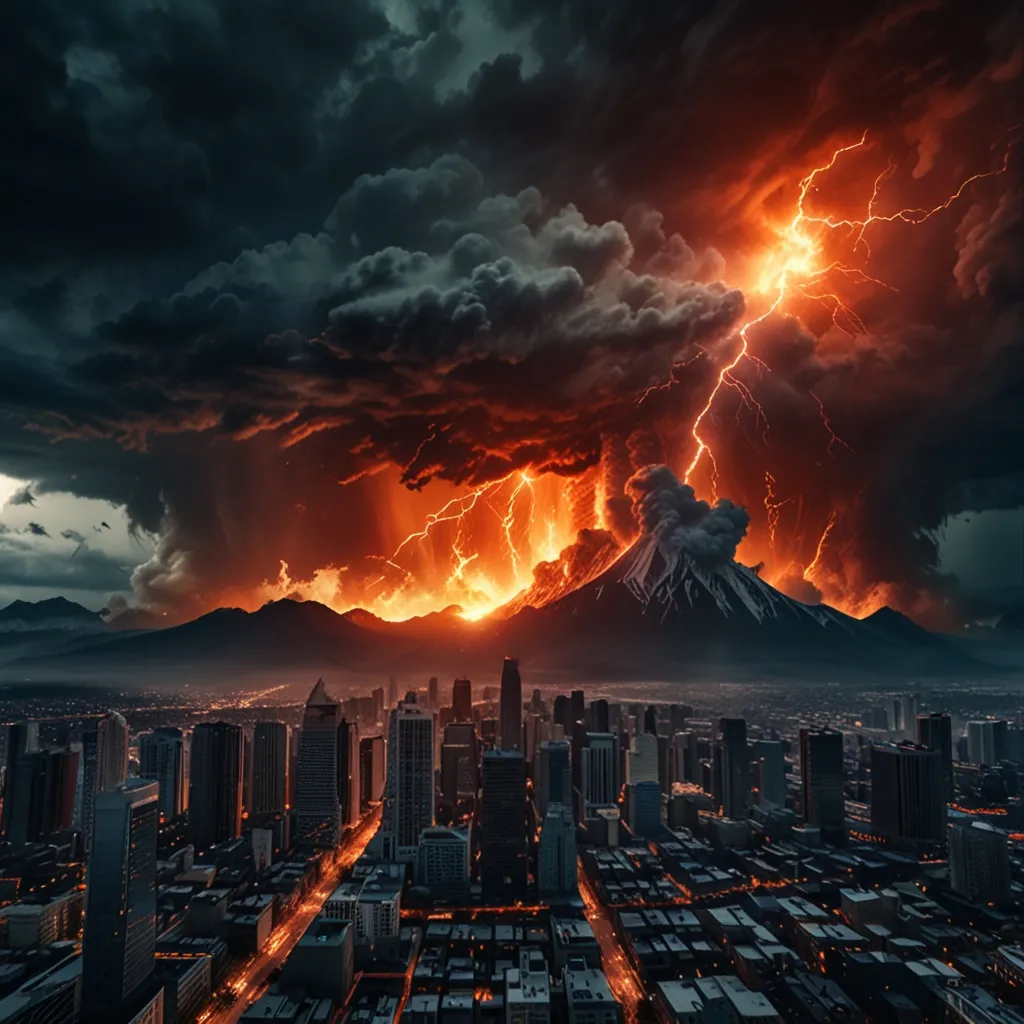Shortwave radio has been around since the 1920s and was once the preferred method for communicating over long distances. Today, it’s mostly associated with curious broadcasts known as number stations. These broadcasts are peculiar for their systematic, repetitive sequences of numbers, often spoken in an eerie, monotone voice.
Number stations emit shortwave radio signals and can be picked up on specific frequencies. They might seem like something out of an old espionage film, but they remain in operation today. What could be so important that these broadcasts have endured for decades?
Let’s start at the beginning. These odd transmissions consist of seemingly random sequences of numbers, spoken in robotic tones and interspersed with strange, sometimes haunting tones or music. Listening to them, you’d get the impression that secretive organizations are communicating under the noses of the general public. The unsettling aspect of number stations is that no one really knows what they’re conveying, although the most prevalent theory is that they are used by intelligence agencies to send encrypted messages to spies in the field.
Various countries have these number stations. For instance, one of the most recognized number stations is the Lincolshire Poacher. The name comes from the folk song used as its on-air identifier. The station operated from a Royal Air Force base in Cyprus, pointing to British intelligence service involvement. Its broadcast format was consistent: it started with a folk melody, followed by a female English-speaking voice reading out groups of five numbers. Multiple times a day, seven days a week, broadcasting lasted for 45 minutes. Each transmission contained 200 sets of numbers, a monotonous recital that left amateur enthusiasts intrigued but none the wiser.
The British government’s Lincolshire Poacher wasn’t alone; there were sister stations, such as Cherry Ripe, broadcasting similar codes from locations like Guam and Australia. Both stations went silent in the late 2000s, yet their echoes remain in the archives of the curious.
Farther east, Russia’s contributions take the form of stations like the Buzzer, a station known for its continuous droning signal interjected sporadically by Russian phonetic alphabet messages. Another Russian station, the Squeaky Wheel, emitted repetitive creaks reminiscent of an old, unlubricated cog. These signals, despite current technology, maintain their enigmatic allure because of their impenetrable encryption methods.
How these transmissions work is as intriguing as the broadcasts themselves. They often employ high-security encryption techniques like the one-time pad. This involves a system where both sender and receiver have a pre-distributed set of randomized numbers. The encrypted messages are virtually unbreakable without this pad. In this respect, number stations offer a remarkably low-tech method to send highly secure messages unsniffed by digital pirates or state adversaries.
Throughout history, numerous high-profile espionage cases were unveiled thanks to these stations. In the early 2000s, the ‘Cuban Five’ were apprehended using radios and code sheets; investigations revealed their intricate attempts to decode radio-based messages. Similarly, an American defense analyst, Ana Montes, was outbound to Cuba using not-so-modern shortwave radio.
Beyond the official-use, illegal entities like drug cartels have allegedly used similar techniques to operate outside the scope of governmental watchdogs. In fact, some broadcasts have erred on the unprofessional side, sometimes inadvertently infusing commercial music or field chatter, adding to their mystique.
For the curious mind, these broadcasts are not beyond reach. Thanks to technological advances, anyone with access to the right software can tune into these frequencies and listen in. The Conet Project, an endeavor to compile and make accessible these mysterious messages, allows enthusiasts to binge through online archives of recorded signals.
It is unclear what the future holds for these broadcasts. As digital encryption becomes more advanced, the need for such archaic methods might diminish. Yet given its simplicity and robustness in times of crisis, it’s possible we might see a resurgence, especially if a digital apocalypse were to render our modern communication systems useless.
For now, number stations remain one of the many unsolved enigmas scattered across our radio waves, offering a glimpse into the hushed whispers of a hidden world.






